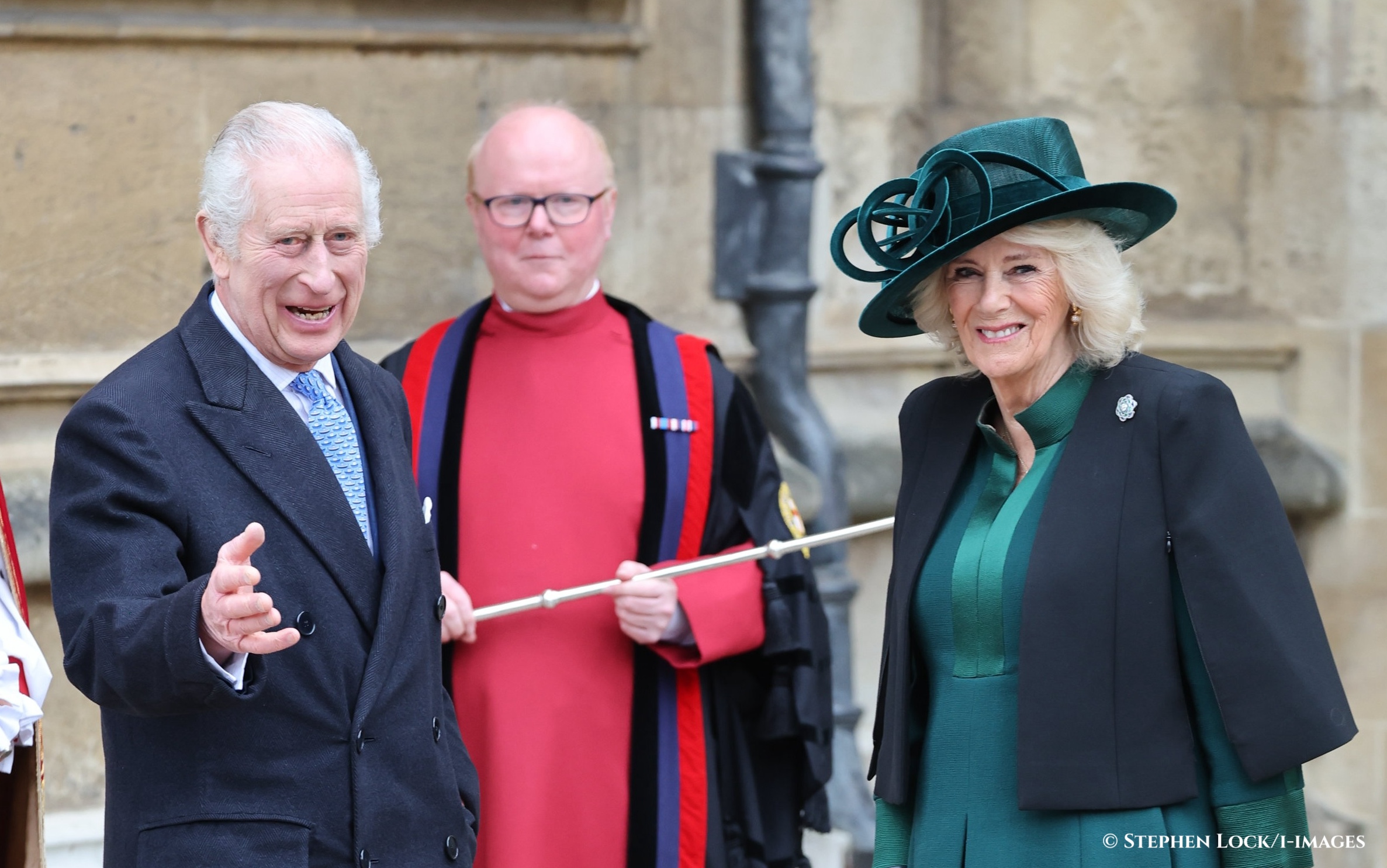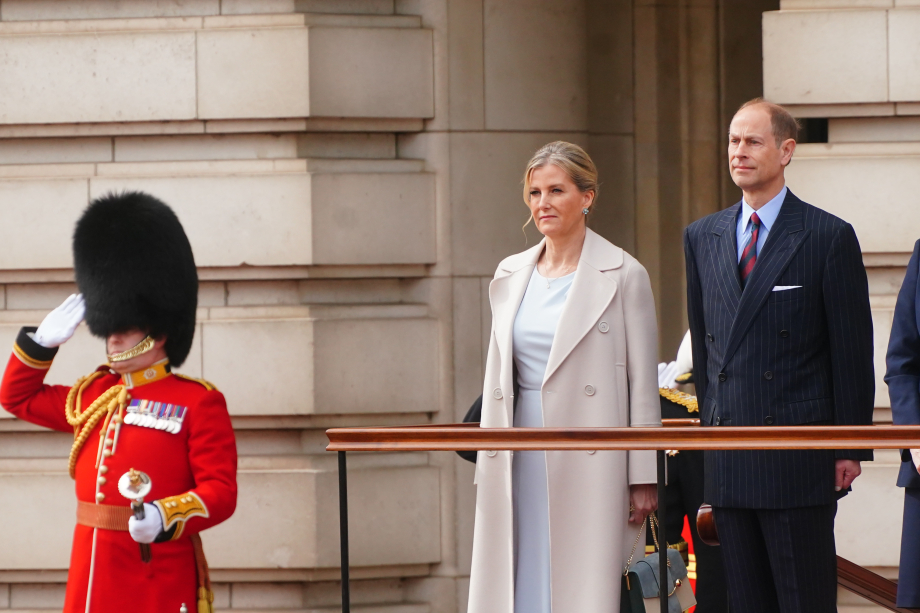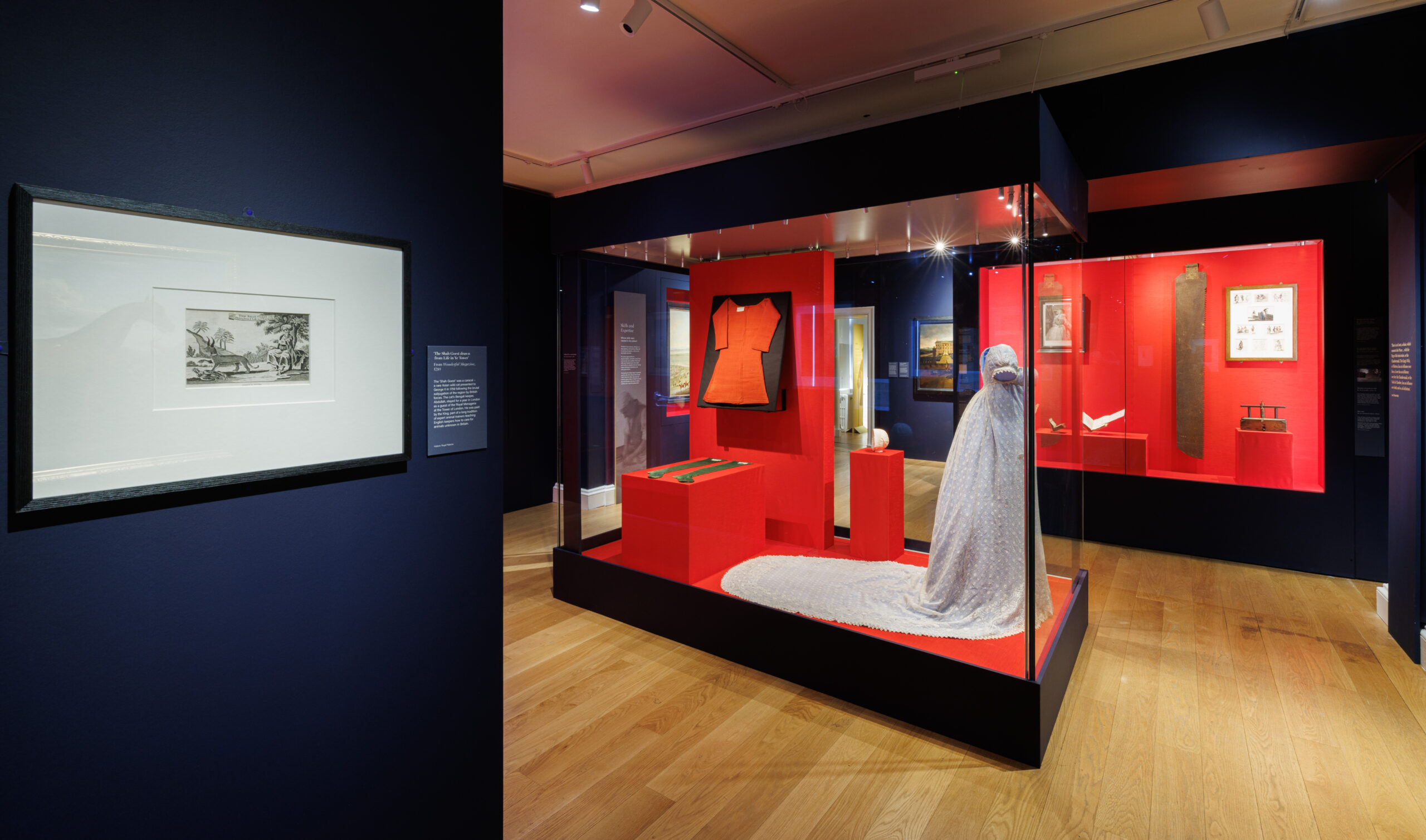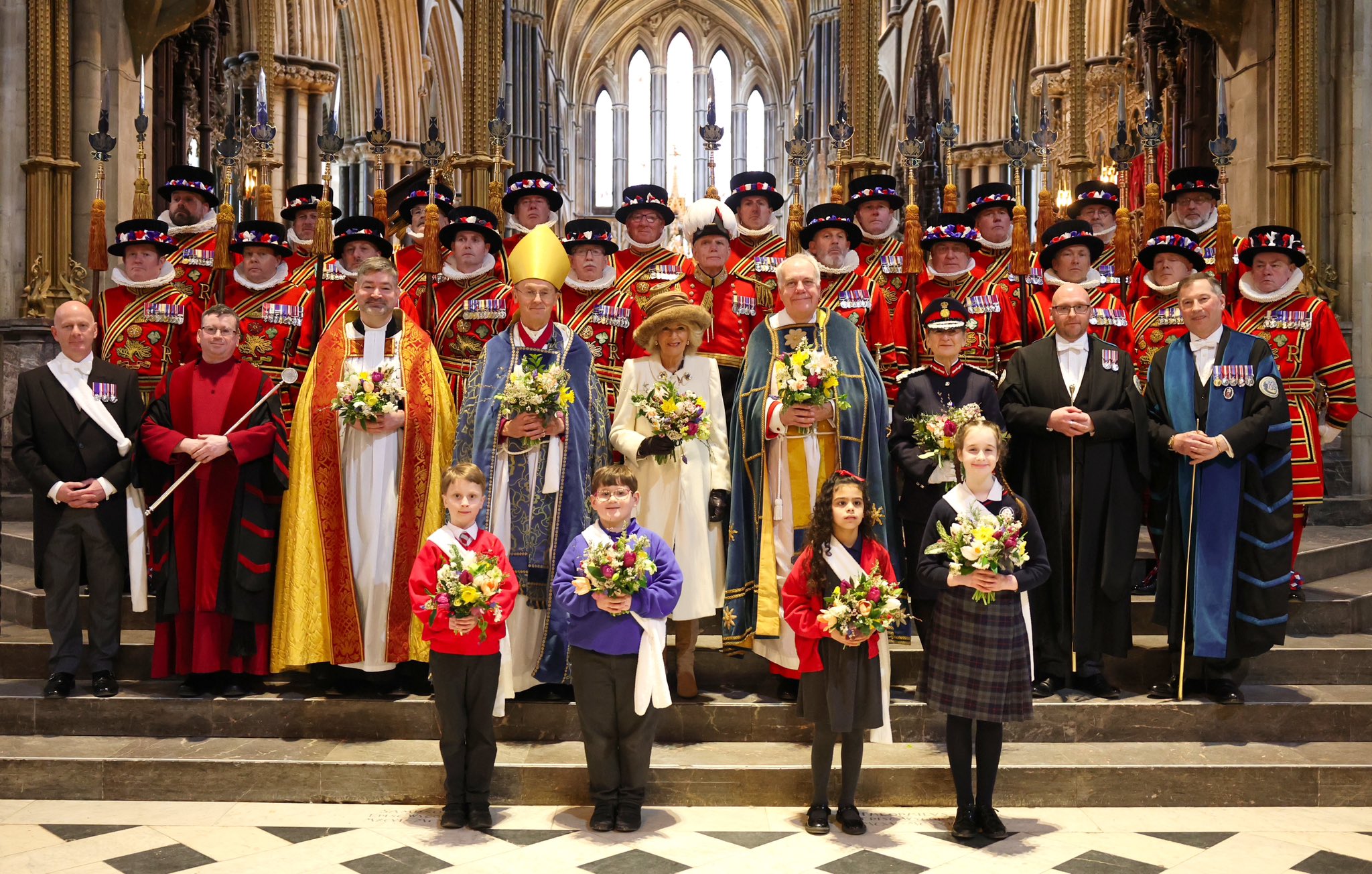What could be more ironic at Easter than the accidental discovery of five lost Archbishops and their tomb? Well, that happened earlier this month when builders unearthed their coffins next to Lambeth Palace.

Five archbishops, presumed lost, were found under St Mary’s church (right) next to Lambeth Palace, whose redbrick Tudor gatehouse is shown (Martin Addison)
A tomb containing 30 lead coffins was found on the site of former chancel at St Mary-at-Lambeth, next door to the official residence of the Archbishop of Canterbury, situated on the Thames. Builders disturbed the tomb last year during refurbishment work for an exhibit at the church-turned-Garden Museum, but did not know that they had discovered some of the most important and powerful people in English history.
A closer analysis of the coffins revealed their long-lost secrets earlier this month.
Site Managers Karl Patten and Craig Dick described how some York stone was being stripped out to even out the precarious floor and enable disabled access to the old altar; the builders accidentally cut a six-inch diameter hole in the chancel floor – and noticed a hidden chamber beneath.
They attached a mobile phone to a pole and sent it down to investigate. The team found a winding stairway leading to a chamber filled with coffins piled on top of each other, and topped with a red and gold Archbishop’s mitre.
It has now been confirmed that the Archbishops that were discovered are Richard Bancroft (who served under James I, 1604 – 1610), John Moore (1783 – 1805) and his wife Catherine Moore, and John Bettesworth (1677 – 1751), a former Dean of Arches, who sat at the ecclesiastical court of the Archbishop of Canterbury.
Records also suggest that Archbishops Frederick Cornwallis (1768 – 1783), Matthew Hutton (1757 – 1758), and Thomas Tenison (1695 – 1715) are in the coffins deep inside the chamber.
The coffins have been kept secret after they were discovered for fear that the roof of the chamber might collapse, but now a manhole-sized window has been placed in the location of the original hole, so that visitors can see the staircase and coffins.
Archbishop Bancroft
Director of the Garden Museum, Christopher Woodward, thought that all of the coffins had been moved when the original Anglo-Saxon chapel from 1062 had been rebuilt. He said:
“There were records of archbishops being buried in the church, from the 17th to the 19th centuries. But it was thought their coffins had been swept away in 1851, when the ancient church was almost entirely rebuilt, except for its tower. Historians – Woodward included – believed that the vaults below had been filled in.”
Probably the most important of the Archbishops discovered was that of Richard Bancroft for his strong ties with James VI and I, who unified the crowns of England and Scotland. In 1604, at the Hampton Court Conference, King James decided that there needed to be a new English version of the Bible that would be accessible for all – and he entrusted Archbishop Bancroft with this task.
Woodward also noted of Archbishop Bancroft that ‘he didn’t write it, of course, but he made it happen, and the words he forced into print still ring out across a thousand churchyards every Sunday morning. It feels very precious to have his coffin as cargo in our hold.’
Bancroft also founded the Lambeth Palace Library, the principal holder of records for the history of the Church of England accessible, in 1610.
The discovery of these ecclesiastical tombs is one that shocked and surprised many, but is surely one of the most important accidental religious discoveries in British history. It also reignites interest in the strong, historic and fruitful ties between ruling monarchs and the Church of England.





